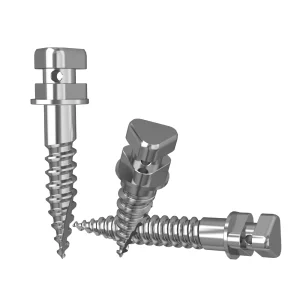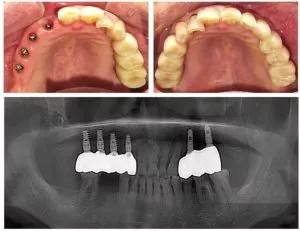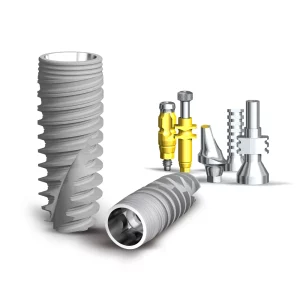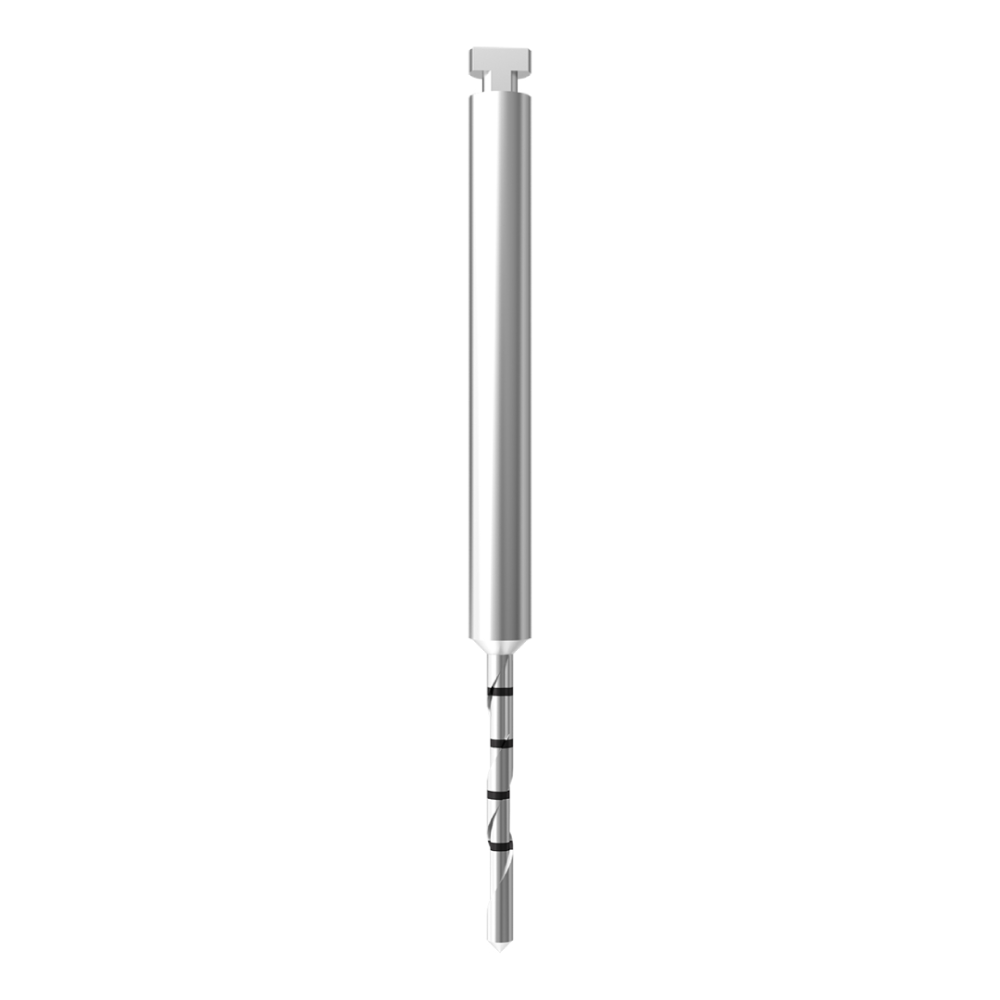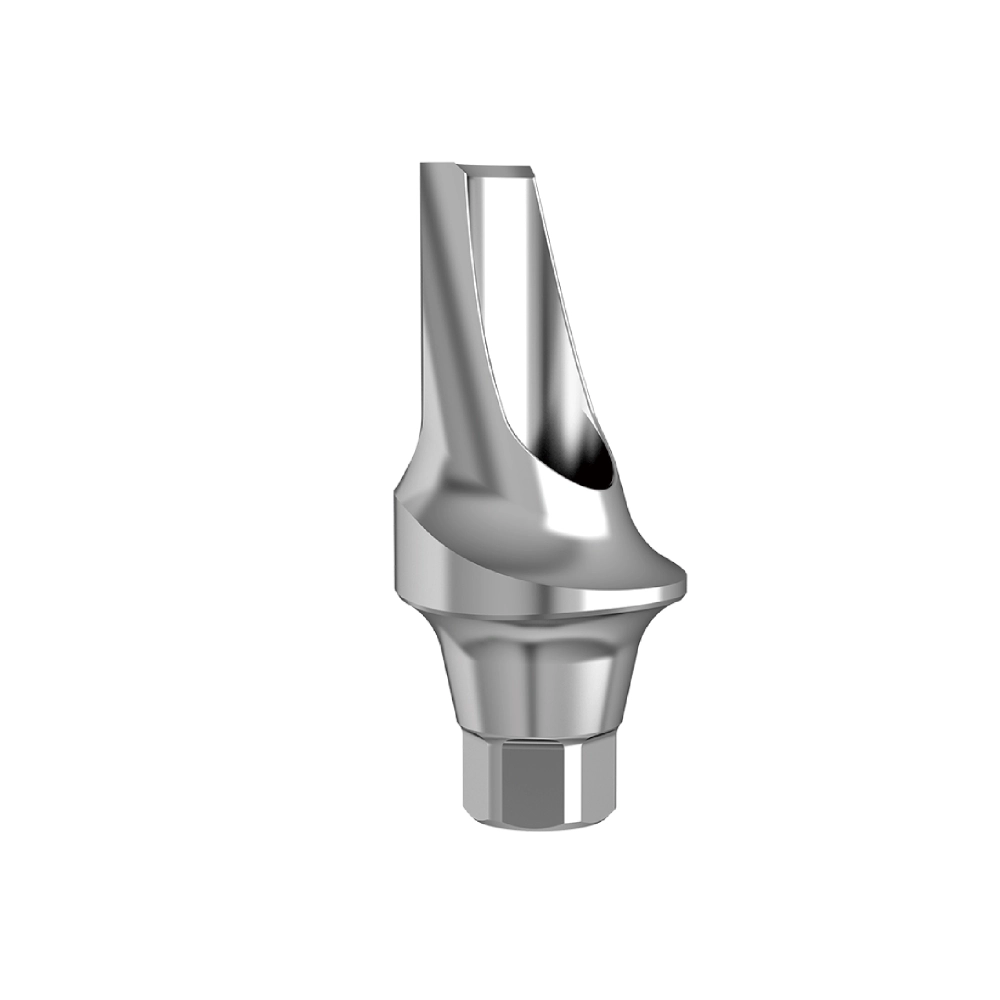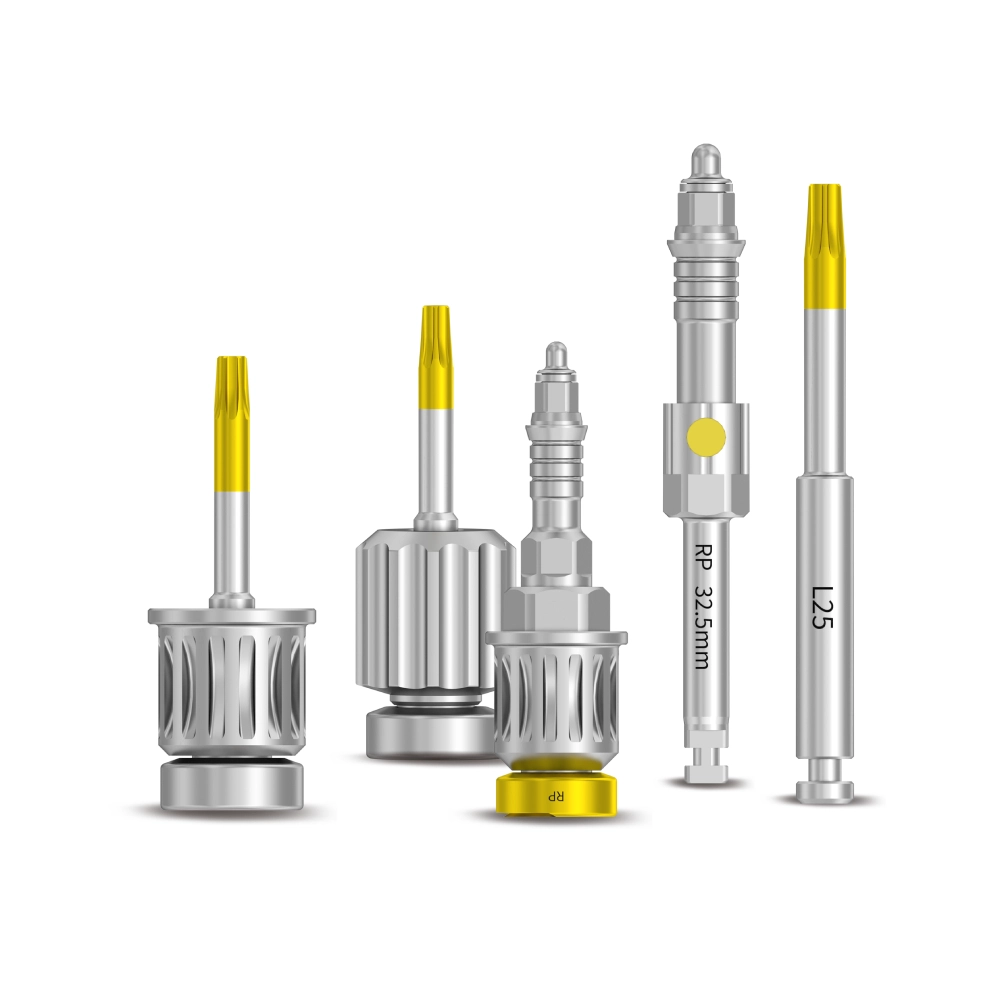Od momentu powstania w 1965 roku, technologia implantów stomatologicznych z powodzeniem pomogła milionom pacjentów na całym świecie odzyskać promienny uśmiech, znacząco poprawiając jakość ich życia. Te sztuczne zęby nie tylko wyglądają naturalnie, ale także działają jak prawdziwe zęby i są trwałe. Istota chirurgii implantologicznej polega na zastosowaniu implantu przypominającego śrubę, wykonanego z metalu, w celu zastąpienia brakującego korzenia zęba. Korona protetyczna, starannie zaprojektowana tak, aby naśladować wygląd i funkcję naturalnego zęba, jest następnie umieszczana na tym solidnym fundamencie, dzięki czemu jest prawie nie do odróżnienia od prawdziwych zębów. Rozwiązanie to jest doskonałym wyborem dla pacjentów poszukujących alternatywy dla źle dopasowanych protez lub mostów. Zwłaszcza, gdy naturalne korzenie zębów są niewystarczające do utrzymania tradycyjnych uzupełnień, implanty stomatologiczne stają się niezbędną opcją. Dzięki implantom stomatologicznym pacjenci mogą cieszyć się ulubionymi potrawami i uśmiechać się pewnie, nie odczuwając żadnej różnicy, osiągając niezwykły skok zarówno pod względem funkcjonalności, jak i estetyki.

Czym są implanty stomatologiczne?
Implant dentystyczny to małe metalowe urządzenie, które jest chirurgicznie wprowadzane do kości szczęki. Często składa się z tytanu lub innego biokompatybilnego materiału. Jego podstawową funkcją jest odtworzenie struktury korzenia utraconego zęba i zapewnienie mocnej podstawy dla później umieszczonych uzupełnień, takich jak korony, mosty lub protezy.
Celem implantów jest wywołanie osseointegracji, czasami określanej jako osseointegracja, z otaczającą tkanką kostną. Jest to proces biologiczny, w którym powierzchnia implantu natychmiast tworzy trwały i długotrwały związek z tkanką kostną. Podobnie jak w przypadku korzeni naturalnych zębów, osseointegracja umożliwia implantowi wytrzymanie naprężeń wytwarzanych przez żucie i inne procesy zachodzące w jamie ustnej.
Implanty dentystyczne składają się z trzech elementów:
- Implant: Jest to podstawowy element urządzenia wprowadzany do żuchwy. Zazwyczaj ma on gwintowany lub cylindryczny kształt w celu zwiększenia osseointegracji poprzez rozszerzenie obszaru kontaktu z tkanką kostną.
- Łącznik: Implant i górne uzupełnienie (takie jak korona) są połączone łącznikiem, który jest elementem centralnym. Zapewnia on platformę do podparcia i zabezpieczenia uzupełnienia i często jest mocowany do implantu za pomocą śrub lub kleju.
- Przywrócenie: Jest to część implantu, która jest widoczna i zazwyczaj jest to korona na zamówienie, która zastępuje wygląd i funkcjonalność utraconego zęba. Dostępne są uzupełnienia pełnoceramiczne, metalowo-ceramiczne lub całkowicie metalowe, w zależności od wymagań i preferencji pacjenta.
Materiały na implanty dentystyczne
Tytan:
Obecnie najpopularniejszy materiał wykorzystywany do produkcji implantów dentystycznych. Ze względu na doskonałą biokompatybilność, tytan dobrze łączy się z tkanką kostną, tworząc silną osseointegrację. Implanty tytanowe są nie tylko bardzo wytrzymałe, ale także odporne na korozję i mają długą żywotność.
Stop tytanu:
Stopy tytanu, takie jak TA4G, składają się z tytanu połączonego z innymi metalami, takimi jak aluminium lub wanad, które dodatkowo zwiększają jego wytrzymałość i trwałość. Charakteryzuje się również doskonałą biokompatybilnością i jest preferowanym materiałem do wielu wysokiej klasy implantów. Implant dentystyczny DentalMaster w szczególności wykorzystuje tytan klasy 4 do obróbki na zimno.
Cyrkonia:
Cyrkon jest kolejnym materiałem używanym do implantów, głównie dla pacjentów uczulonych na metale. Ma kolor podobny do naturalnych zębów, dzięki czemu jest bardziej estetyczny i jest często stosowany w przypadkach o wysokich wymaganiach kosmetycznych. Chociaż tlenek cyrkonu oferuje również wysoką biokompatybilność, jego wytrzymałość jest nieco niższa w porównaniu z tytanem.
Proces produkcji implantów dentystycznych
Produkcja implantów dentystycznych jest bardzo precyzyjnym i wymagającym technicznie procesem, który łączy w sobie nowoczesną naukę o materiałach z zaawansowanymi technikami produkcyjnymi. Poniżej przedstawiono główne etapy procesu produkcji implantów dentystycznych:
- Przygotowanie surowców: Implanty dentystyczne są zwykle wykonane z wysokiej jakości stopów tytanu lub czystego tytanu, materiałów znanych z doskonałej biokompatybilności, wysokiej wytrzymałości i odporności na korozję. Właściwości te zapewniają stabilność implantu w środowisku jamy ustnej przez długi czas.
- Projektowanie i modelowanie: Oprogramowanie do projektowania wspomaganego komputerowo (CAD) służy do tworzenia niestandardowych projektów implantów w oparciu o specyficzne warunki jamy ustnej pacjenta, takie jak wysokość, szerokość i gęstość kości wyrostka zębodołowego, a także plan leczenia opracowany przez dentystę. Ten spersonalizowany projekt zapewnia, że implant jest bardzo precyzyjny i dostosowany do unikalnych potrzeb pacjenta.
- Proces produkcji: Precyzyjna technologia druku 3D jest wykorzystywana do przekształcania modelu zaprojektowanego przez CAD w fizyczny implant, poprawiając dokładność i wydajność produkcji przy jednoczesnym zmniejszeniu ilości odpadów materiałowych. Po wydrukowaniu 3D implant poddawany jest dalszej obróbce powierzchniowej (takiej jak piaskowanie lub trawienie kwasem) w celu zwiększenia jego zdolności wiązania z tkanką kostną. Dodatkowo przeprowadzana jest obróbka gwintów w celu poprawy stabilności i retencji implantu.
- Kontrola jakości i inspekcja: Każdy etap procesu produkcyjnego obejmuje ścisłą kontrolę jakości, aby zapewnić, że produkt spełnia standardy branżowe i wymagania pacjentów. Przed zastosowaniem klinicznym implant przechodzi serię testów w celu oceny jego biokompatybilności, wydajności mechanicznej i odporności na korozję.
- Sterylizacja i dystrybucja: Gdy implant przejdzie rygorystyczne kontrole jakości, jest sterylnie pakowany, aby zapewnić czystość i sterylność podczas transportu i przechowywania. Na koniec implant jest dostarczany do placówek medycznych, gdzie jest chirurgicznie umieszczany przez wykwalifikowanych dentystów w oparciu o konkretne potrzeby pacjenta.
Charakterystyka materiałów stosowanych do implantów dentystycznych:
- Biokompatybilność: Zarówno tytan, jak i tlenek cyrkonu mają doskonałą biokompatybilność, co pozwala im ściśle łączyć się z ludzką kością i promować osteointegrację. Zwiększa to stabilność implantów i zmniejsza ryzyko odrzucenia implantu przez organizm, zapewniając długoterminowy sukces.
- Zwiększona wytrzymałość i trwałość: Stopy tytanu (takie jak TA4G) zachowują zalety tytanu, a jednocześnie zawierają metale takie jak aluminium lub wanad, co dodatkowo zwiększa wytrzymałość i trwałość materiału. Implanty dentystyczne wykonane z tych stopów mogą wytrzymać siły żucia i różne naprężenia w środowisku jamy ustnej, zapewniając długoterminową stabilność nawet przy dużych obciążeniach.
- Estetyczny wygląd: Tlenek cyrkonu jest idealny do estetycznie wymagających uzupełnień implantologicznych ze względu na swój naturalny kolor przypominający ząb. Implanty cyrkonowe oferują bardziej naturalny wygląd, szczególnie odpowiedni dla obszaru przedniego, zapewniając jednocześnie stosunkowo wysoką wytrzymałość mechaniczną, aby spełnić zarówno potrzeby funkcjonalne, jak i estetyczne.
Wnioski
Implanty dentystyczne są wykonane z tytanu lub innych biokompatybilnych materiałów w celu odtworzenia struktury korzenia brakujących zębów i zapewnienia solidnej podstawy dla uzupełnień protetycznych, takich jak korony, mosty lub protezy. Główną funkcją implantu jest wywołanie osseointegracji, procesu biologicznego, w którym powierzchnia implantu tworzy trwały i trwały związek z otaczającą tkanką kostną. Proces produkcji obejmuje przygotowanie surowców, projektowanie i modelowanie, drukowanie 3D, kontrolę jakości i inspekcję oraz sterylizację i dystrybucję. Tytan i tlenek cyrkonu są znane ze swojej biokompatybilności, zwiększonej wytrzymałości i trwałości oraz estetyki. Materiały te są idealne do estetycznych uzupełnień implantów ze względu na naturalny kolor zębów.

